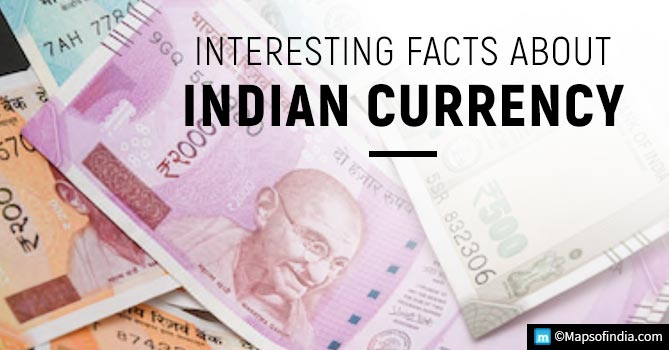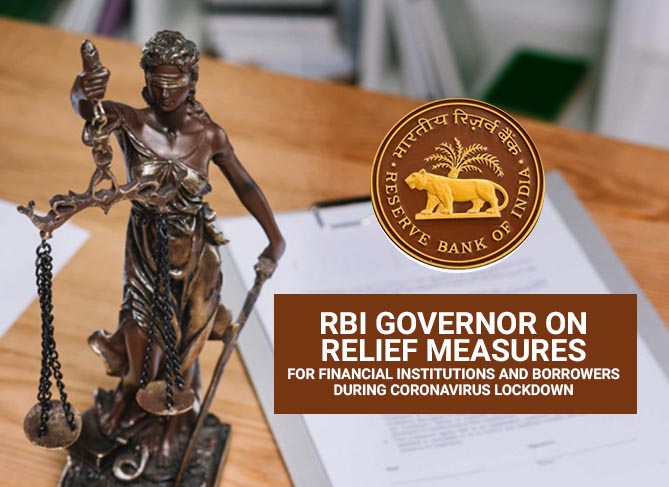We all deal with money on regular basis but do we know much about the currency notes? Are we aware of the symbols on them? You might not know that currency notes are not actually made of paper, but of cotton and cotton rags. Here we tell you about the languages, lines, and structures made on them and more interesting facts.
1. Well, let’s start from the beginning. The process of issuing currency notes started back in the 18th century in India. After the Paper Currency Act of 1861, the Government of India was given the monopoly to print its own currency.
2. After independence, Pakistani initially used Indian currency. They simply stamped the Indian currency with the label “Government of Pakistan” for using it exclusively in Pakistan. In 1948, Pakistan started printing its own currency.
3. The current series of the banknotes which is used in Indian Currency is known as the Mahatma Gandhi series. It was introduced in 1996.
4. The ₹500 note was first introduced in 1987 and ₹1000 was first introduced in 2000. Both the notes were demonetised on November 8, 2016, after which new notes of ₹500 and ₹2000 rupees were introduced.
5. The Security Printing and Minting Corporation of India Limited (SPMCIL) is a government-owned corporation which was established in 2006. It is responsible for printing the banknotes of India, postal stamps and other important government documents. Coins are also produced by SPMCIL. There are 4 presses, 4 mints, and 1 paper mill.
6. Coins of Rs. 75, 100 and 1000 denominations were made first in 2010 for commemorative purposes. The coins were made in order to celebrate the 75 years of the Reserve Bank of India, 100 years of Rabindranath Tagore and 1000 years of Brihadeeswarar Temple.
7. As per the Coinage Act of 2011, the RBI can issue the coins up to the denomination of ₹1000.
8. Bharatiya Reserve Bank Note Mudran Private Limited (BRBNMPL), an RBI subsidiary, is also responsible for printing the currency notes. It has 2 presses in Salboni and Mysore respectively.
9. There are total 17 languages present on the currency notes. Hindi and English are prominently displayed in the centre of the notes. Apart from Hindi and English, fifteen other languages are present at the back of the notes which are – Assamese, Bengali, Gujarati, Kannada, Kashmiri, Konkani, Malayalam, Marathi, Nepali, Oriya, Punjabi, Sanskrit, Tamil, Telugu, and Urdu.
10. The symbol of rupee “₹” was derived from the Devanagari letter “र” (Ra) and the Roman capital letter “R”. The letters are taken to signify the words “Rupiah” in Hindi and “Rupees” in English. So, the symbol appears meaningful to both Indian and International users. There is a parallel line drawn in the symbol in order to make it look like the tricolour of the flag of India.
11. The symbol was designed by Udaya Kumar who is an Associate Professor and Head of Department of Design, IIT Guwahati. The design of the rupee symbol was approved by Ambika Soni. Udaya Kumar was awarded ₹250,000 for his efforts.
12. The RBI has the authority to issue notes up to ₹10,000.
13. Only ₹1 notes are printed by the Central Government and are signed by the Finance Secretary. All the other currency notes are printed by the RBI.
14. There are some images observed on the note. They are –
₹5 – Tractor in a field
₹10 – Elephant, Rhinoceros, and Tiger.
₹10 (new) – Konark Sun Temple.
₹20 – Port Blair lighthouse and Mount Harriet.
₹50 – Indian Parliament House.
₹50 (new) – Hampi with the chariot.
₹100 – Himalayas
₹100 (new) – Rani Ka Vav (Queen’s Stepwell)
₹200 – Sanchi Stupa
₹500 ( new) – Red Fort
₹2000 – Mangalyan
Demonitised notes –
₹500 – Dandi March represented by Gyarah Murti statue of Delhi
₹1000 – Economy of India represented by an oil rig, satellite, computer, harvester, and foundry
15. There are identification marks on certain notes so that the visually impaired can identify them. They are –
₹20 – Rectangle.
₹50 – Square
₹100 – Triangle
₹200 – Letter H
Demonitised notes –
₹500 – Circle.
₹1000 – Diamond.
Congratulations, you are wiser about the pennies now.





